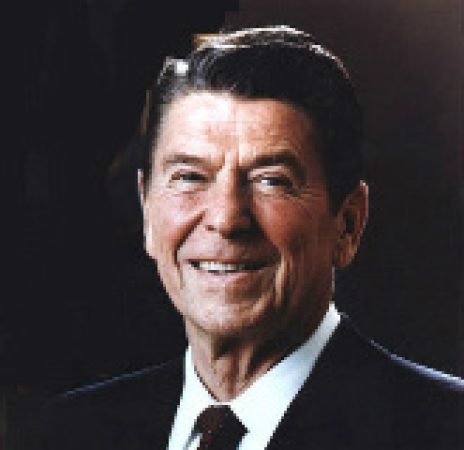(Editor’s note: Virginia has the largest percentage of federal government employees than any other state. Don Devine was the Director of the Office of Personnel Management under President Reagan.)
It is official. Total Federal civilian government personnel have increased from 1.74 million in 2001 to 2.1 million today. President Barack Obama alone has added 350,000 more bureaucrats.
Before being shocked, consider that today’s total is about the same as under President Ronald Reagan.
Reagan increased defense civilian employment to win the Cold War, up to a total of 1 million full-time equivalent (FTE) personnel. When that war was won, the number steadily declined to 649,000 before 9/11. The numbers then increased under George W. Bush and Obama to 741,000, almost a hundred thousand higher but a quarter-million lower than its high three decades earlier.
Obama increased domestic bureaucracy by 120,000, to a total of 1.3 million, up from 1 million under Reagan, who had reduced domestic employment by 100,000 (75,000 FTE) his first term.
But real spending has doubled on defense and by three-and-a-half times on domestic programs since Reagan. How could employment have increased so little? The big secret is that most government personnel do not appear in the official statistics.
No one even knows the actual number because the government does not count most of them. They are invisible. They are government contractors mixed between private and state and local government employees who actually do the Feds’ work. The best estimate is 18 million contractors compared to 2 million official employees.
University of Pennsylvania political scientist John Dilulio has proposed a radical reorientation — to hire a million more civil servants to replace the contractors, arguing this would actually allow a smaller government.
His book “Bring Back the Bureaucrats” criticizes private contractors for not being as expert as government employees; there is little continuity in their service; and it is difficult for government employees to control private contractors. All this is true as his revealing examples of inefficiencies in almost every agency demonstrate. But why cannot the professional civil servants be better contract managers?
Besides being impossible politically, the technical reason against a million more bureaucrats is that civil service employees are much too expensive and too little motivated.
When head of the civil service, I predicted a quarter century ago that the choice was simple: Either cut the cost of a federal employee or government managers, even against their preferences, would be forced to use contractors. Why? So they could live within the tight budgets forced by out-of-control mandatory entitlement spending eating up the resources for anything else.
The problem is that government unions and professional associations will not allow employee pay or benefits to be reduced and they exist in every congressional district with the sole purpose of making sure this does not happen. And Congresses, under both political parties, just cannot stand up to the pressure.
The real cost of federal civil servants is well hidden. While outside studies show their salary is 10 or more percent higher than similar employees in the private sector, government statistics (partially collected by the unions) show federal employees much below private salary. And official comparisons do not count longer federal vacations and holidays. They ignore that civil service rules make it difficult to fire federal employees and protect inefficient performers.
The largest direct cost is retirement and health benefits. The retirement system is gold-plated with its true cost higher than pay. The result is the “quit rate” for federal employees is half that in the private sector. Few leave because their total compensation cannot be matched elsewhere.
While Dilulio blames contracting for the existing bureaucratic morass, and it certainly contributes to it, reformist public administrators such as in the National Commission on the Public Service find the existing layers of bureaucracy are a much larger part of the problem. Dilulio would try to control these but many attempts by both parties have done little — and the layers always grow back.
The commission’s assessment remains true: “There are too many decision makers, too much central clearance, too many bases to touch, and too many overseers with conflicting agendas . . . Accountability is hard to discern and harder still to enforce.”
Under these conditions, how would adding more civil servants help?
Dilulio is right to chide conservative politicians and analysts calling for privatization as the solution. He is correct that such “privatization” merely add invisible employees, who actually become effective lobbyists for more government by pretending to be in the private sector.
The good professor does mention the one idea that could work: Reagan’s idea of “swapping” functions between levels of government. While he envisions a limited swap, we need more: Give the Feds their constitutional responsibilities plus the entitlements and return every other governmental program to state and local levels, and the rest to private individuals, families, and associations. They work.
What we need is another Reagan to be as bold. And 2016 might just be the right time.
(This article first ran in Newsmax.Com on March 4, 2015. It is reprinted with permission.)






